Entry Category: Izard
Calico Rock (Izard County)
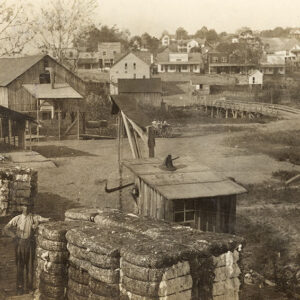 Calico Rock Street Scene
Calico Rock Street Scene
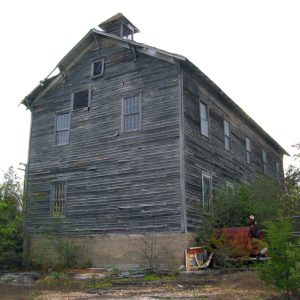 Calico Rock Church and Oddfellows Hall
Calico Rock Church and Oddfellows Hall
 Calico Rock School
Calico Rock School
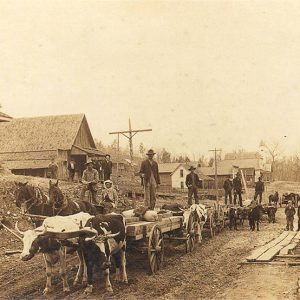 Calico Rock Street Scene
Calico Rock Street Scene
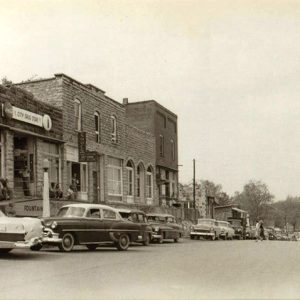 Calico Rock Street Scene
Calico Rock Street Scene
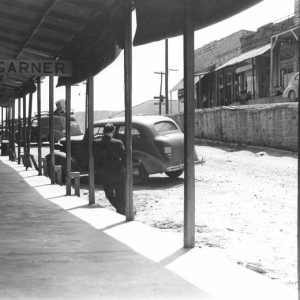 Calico Rock Street Scene
Calico Rock Street Scene
Forty-Four (Izard County)
 Franklin
Franklin
 Franklin Church
Franklin Church
Gid (Izard County)
Guion (Izard County)
 Guion Sand Company
Guion Sand Company
LaCrosse (Izard County)
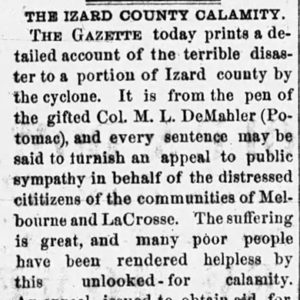 LaCrosse Tornado Article
LaCrosse Tornado Article
Lunenburg (Izard County)
Melbourne (Izard County)
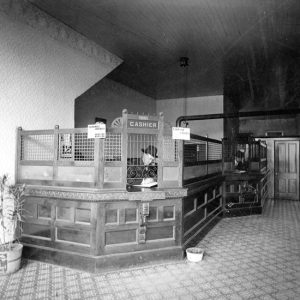 Melbourne Bank
Melbourne Bank
 Melbourne Cafe & Hotel
Melbourne Cafe & Hotel
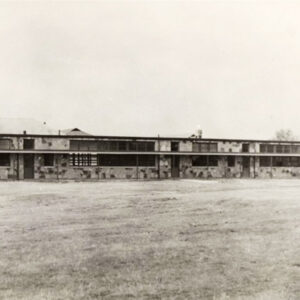 Melbourne School
Melbourne School
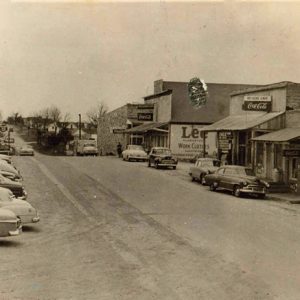 Melbourne Street Scene
Melbourne Street Scene
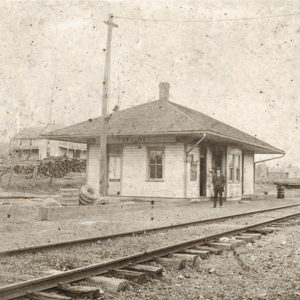 Mount Olive Depot
Mount Olive Depot
Mount Pleasant (Izard County)
Oxford (Izard County)
Penters Bluff (Izard County)
aka: Penter’s Bluff (Izard County)
Pineville (Izard County)
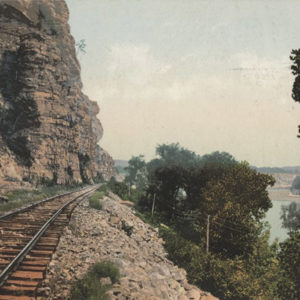 Railway at Penters Bluff
Railway at Penters Bluff
Ruddells (Izard County)
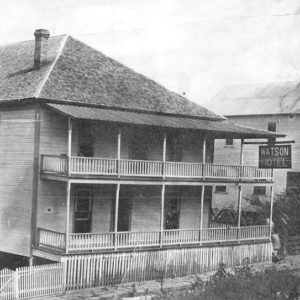 Watson Hotel
Watson Hotel
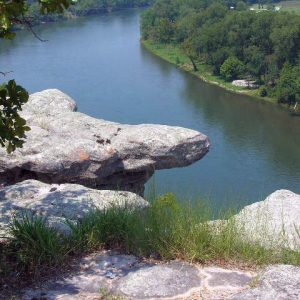 White River
White River
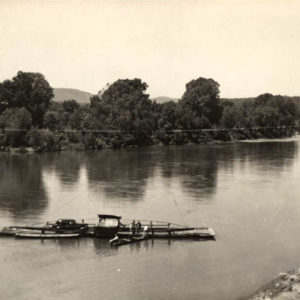 White River Ferry
White River Ferry
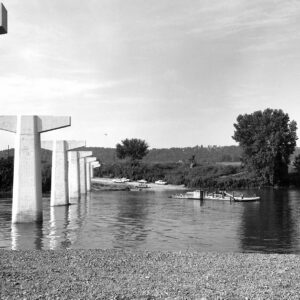 White River Ferry
White River Ferry
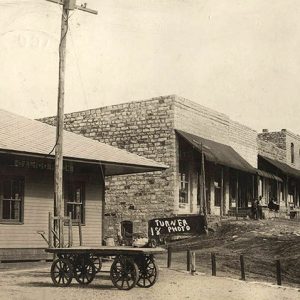 White River Railway
White River Railway




